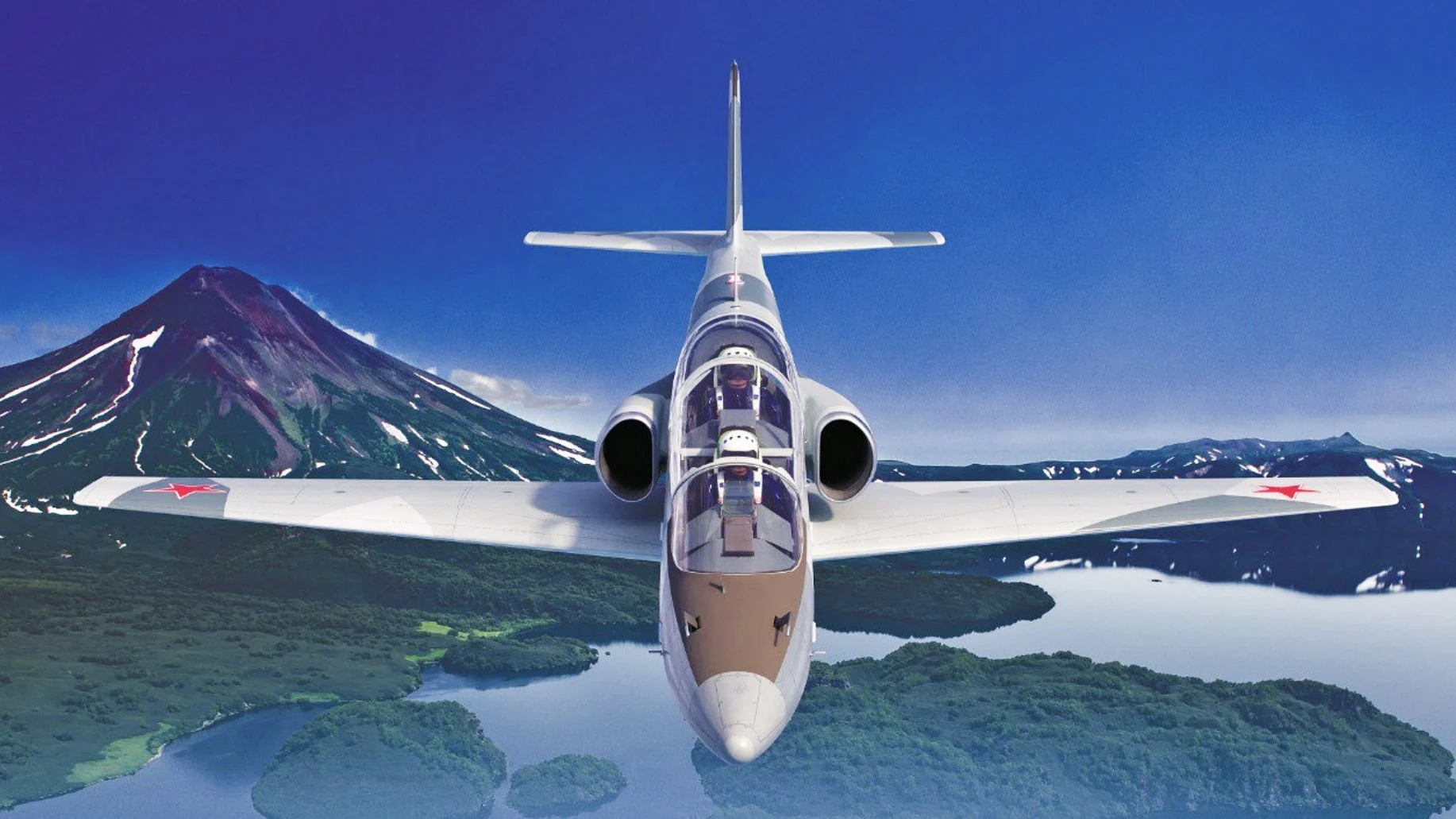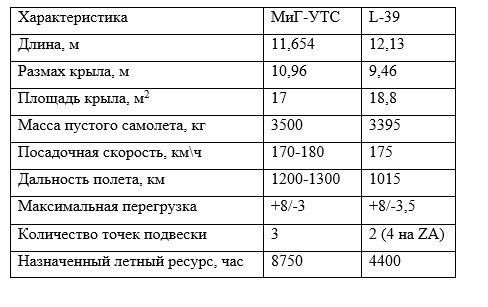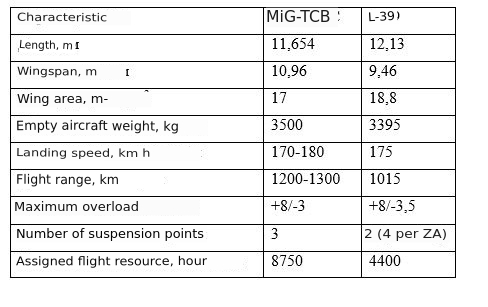
The Russian Aircraft Corporation (RAC) MiG has begun work on a new jet trainer, the MiG-UTS. The program is being launched with some urgency, reusing components from a previous MiG trainer design from the 1990s, amid growing problems in Russia’s military pilot training pipeline.
It was announced today on the website of the Rostec state defense conglomerate that RAC MiG has begun the development of the MiG-UTS, with the aircraft described as the centerpiece of a “new pilot training complex.” However, no more details were provided of the other components of this system.
The announcement states that the MiG-UTS is intended to replace the Czechoslovakian-designed L-39 Albatros, which originally entered service with the Soviet military back in the 1970s and is now increasingly showing its age. Ironically, Aero of the Czech Republic continues to develop the basic Albartros design and now offers a thoroughly updated version, the L-39NG, which is very much in the same class as the projected MiG-UTS.
Referring to the L-39, Sergei Korotkov, the general designer and deputy general director of United Aircraft Corporation (UAC), of which RAC MiG is a part, said: “We have great doubts about supporting the operation of the aircraft on which the main training of pilots is carried out today. Therefore, a new training tool is required that will allow us to effectively train flight and technical personnel.”
Affordability also appears to be at the center of the MiG-UTS project, with the decision to develop a single-engine aircraft intended “to make it more affordable and inexpensive to operate.”
“We are creating the cheapest, easiest to operate — both for the pilot and to maintain — single-engine aircraft that fully meets the requirements for the basic training stage,” said Andrei Nedosekin, the director and chief designer at RAC MiG.
As well as low cost, the program also stresses a rapid development period. To help achieve this, RAC MiG will “make maximum use” of the previous MiG-AT trainer, two prototypes of which were built in the mid-1990s. Like the MiG-AT, the MiG-UTS has a straight wing, a tandem two-seat cockpit, and a conventional cruciform tail.
In particular, the MiG-UTS will feature a cockpit derived from that of the MiG-AT cockpit, although it’s unclear if this refers to the avionics, as well, which will be notably dated by now.
An artist’s concept for the new design bears striking similarities to the MiG-AT, although it’s worth noting that the earlier trainer utilized twin-engine propulsion.
The engine selected for the MiG-UTS is the AI-222-25. Although designed in Ukraine, this engine is also manufactured in Russia, by the Salyut company, part of the United Engine Corporation.
The original MiG-AT was also intended to replace the L-39 but was rejected in 2002 in favor of the Yak-130 Mitten, which is powered by two AI-222-25 engines, and offers a higher degree of performance.
The emergence of the MiG-UTS at this stage suggests that Russia wants to replace the aging L-39 with a cheaper and less complex trainer than the Yak-130. In this way, the MiG-UTS could fulfill the basic training syllabus, with combat pilots then moving on to the Yak-130 for advanced and combat training. Currently, the L-39 and Yak-130 appear to be used more or less interchangeably, depending on the unit and base in question.
Plans to introduce the piston-engined Yak-152 for primary training and flight screening have so far come to nothing, making the acquisition of a new trainer even more urgent.
Russia has, in the past, sought to extend the service life of its remaining L-39s, although this has now become much harder due to sanctions imposed after the Kremlin’s full-scale invasion of Ukraine.
Last year, the Russian-military-related Fighterbomber channel on Telegram reported on an apparent problem related to the L-39’s ejection seats. In particular, the explosive cartridges for the seats were becoming time-expired, grounding at least some of the jets, with Russian industry unable to provide replacements.
“The Czechs, of course, do not sell [the cartridges] to us,” Fighterbomber wrote. “Our Yak-130 aircraft are too few to train all available cadets on them and we will not have time to build new ones.”
https://news.yahoo.com/russia-jet-trainer-design-1990s-200416954.html?guccounter=1&guce_referrer=aHR0cHM6Ly9kdWNrZHVja2dvLmNvbS8&guce_referrer_sig=AQAAAJiI3X07VqK-R-DpvCuUF05xFz-zGmX13kz745KJJvTUcgaCDmyvFasHsqz2thmo8FOrZQsgZ9-0Rg9kWL__Rzh5IMJsA7Om6e5DPB8H2Pubaosd8ALh991EWuQfk5C6H7XAmvH9SheDKVWTtU-AyfeXKJVC5FNa1RL23OI0UIKv







 Mir
Mir